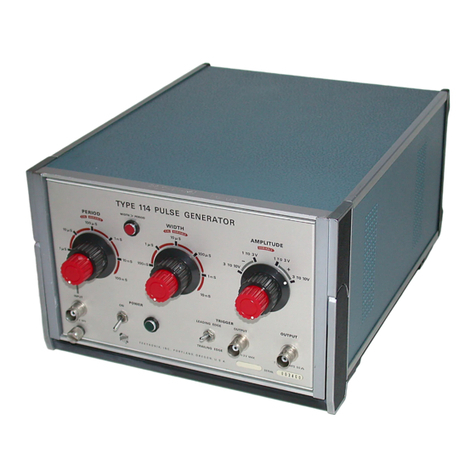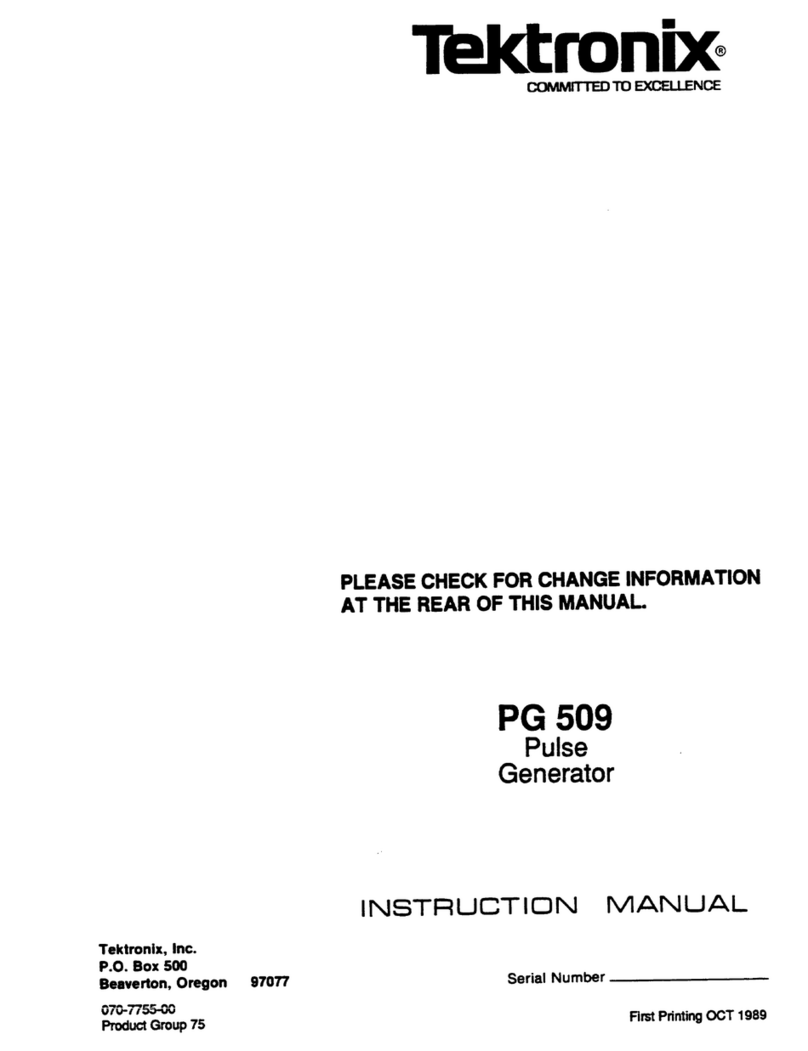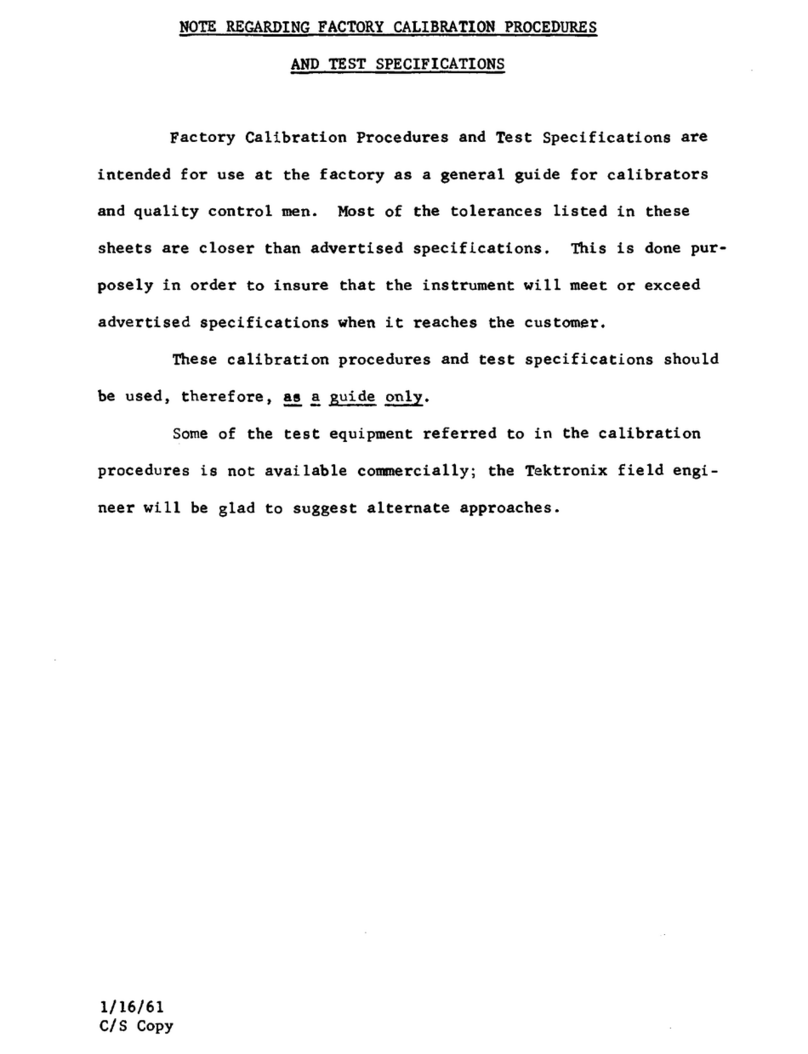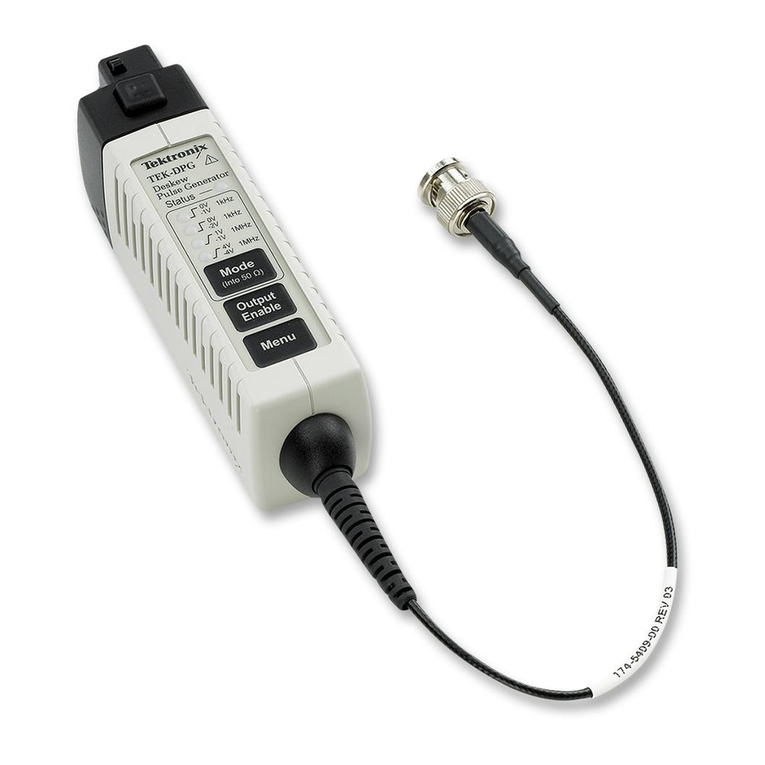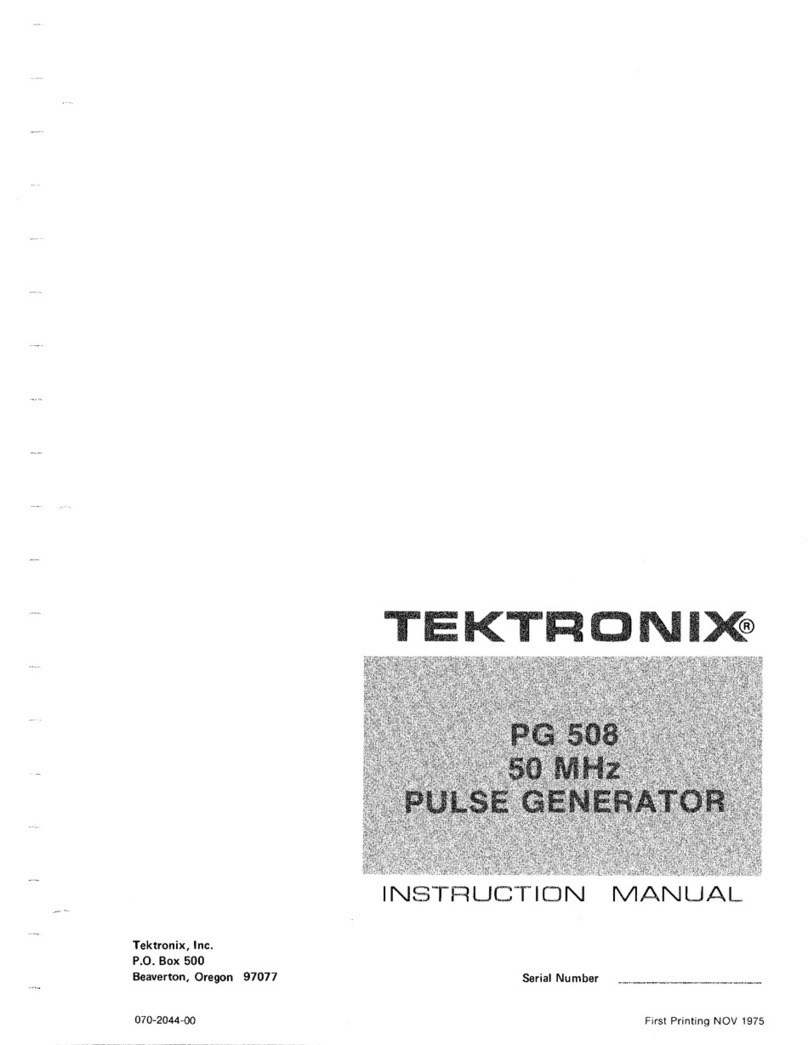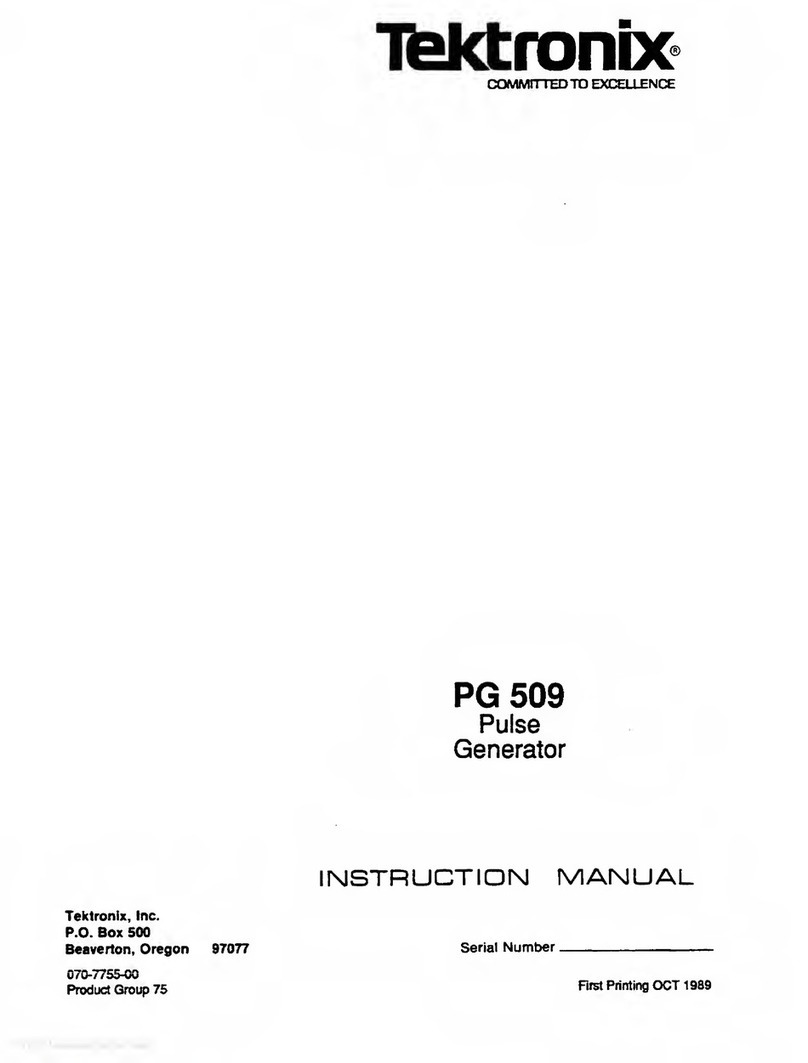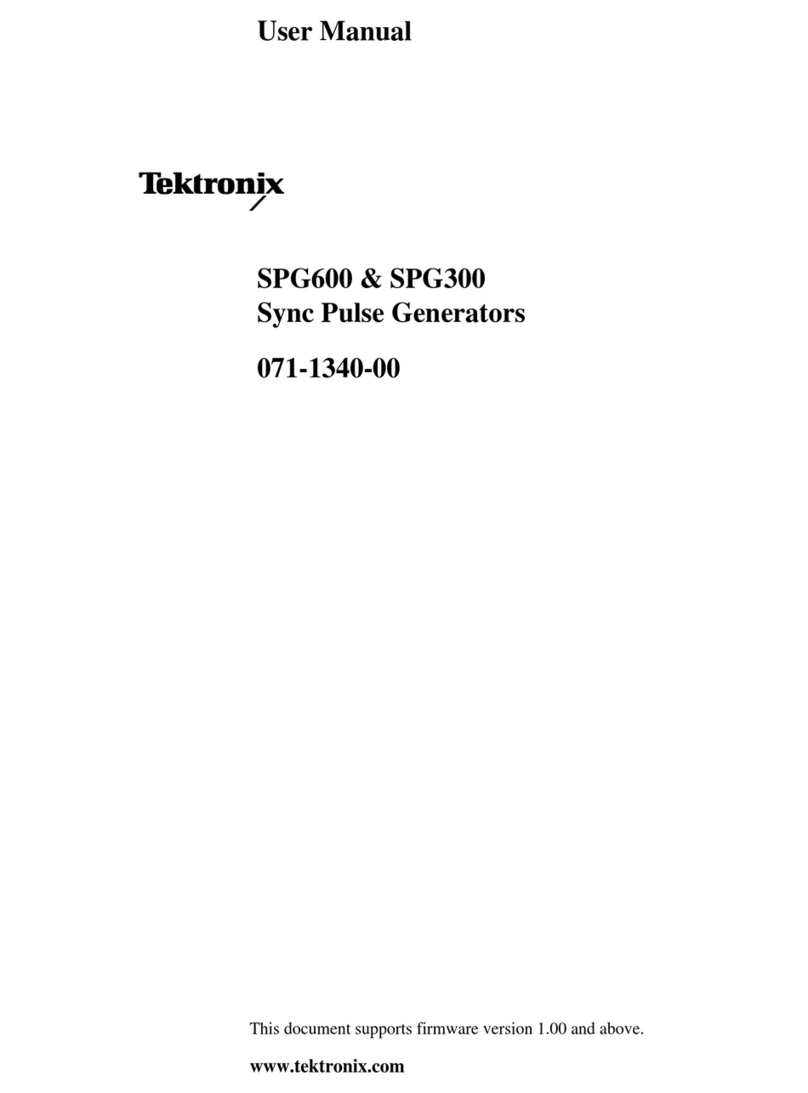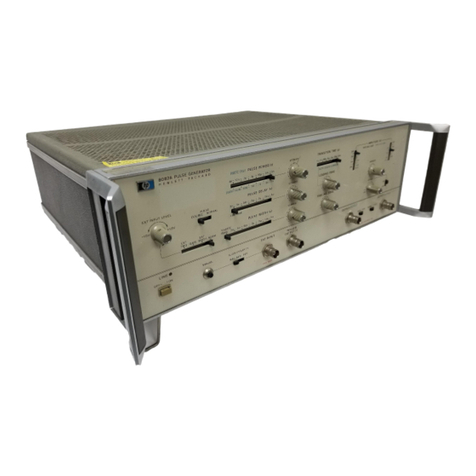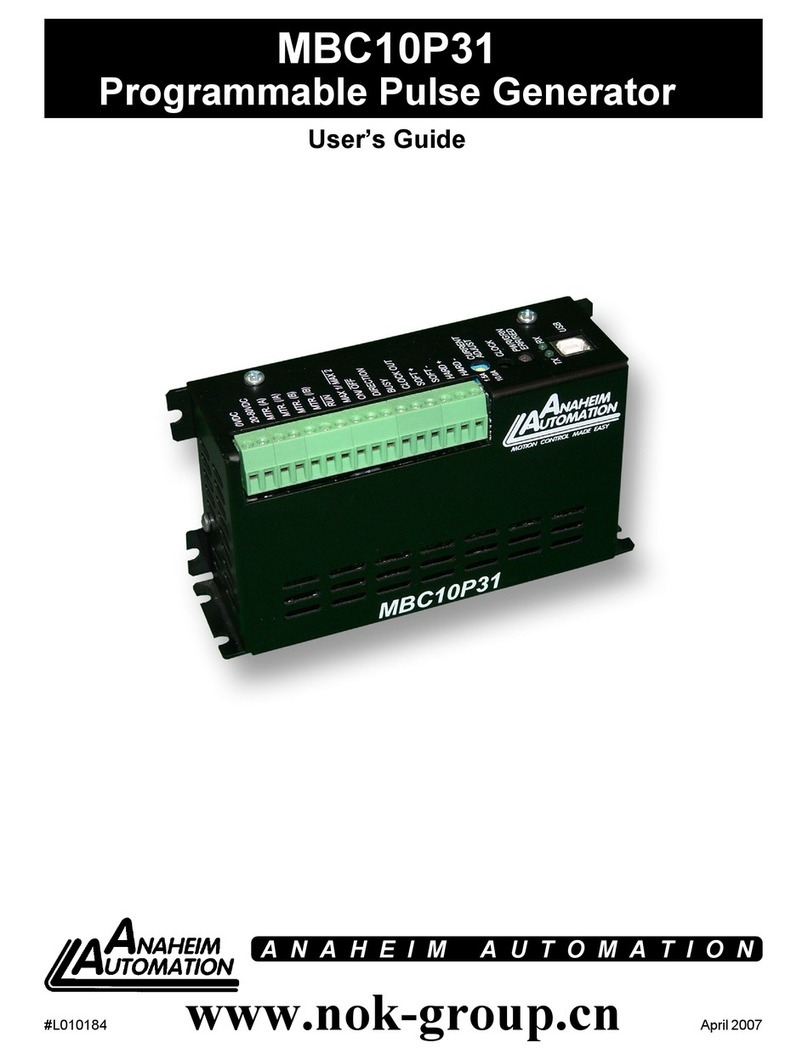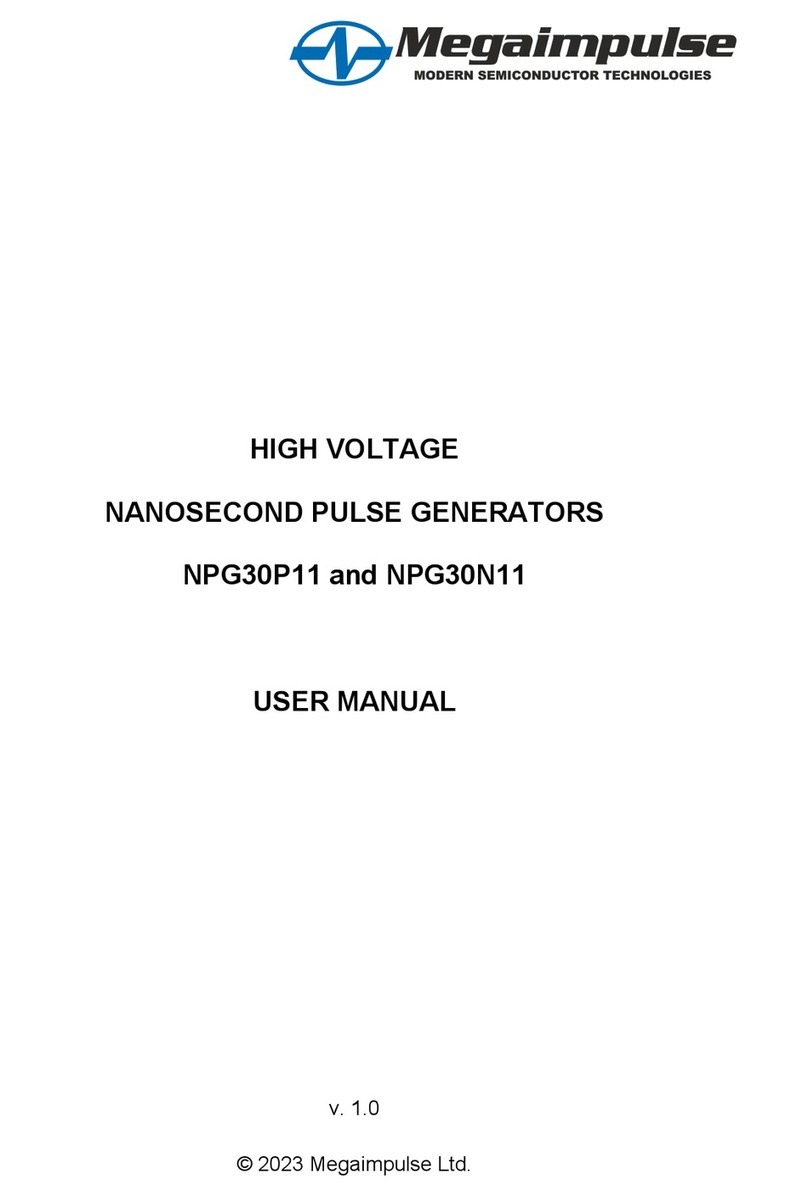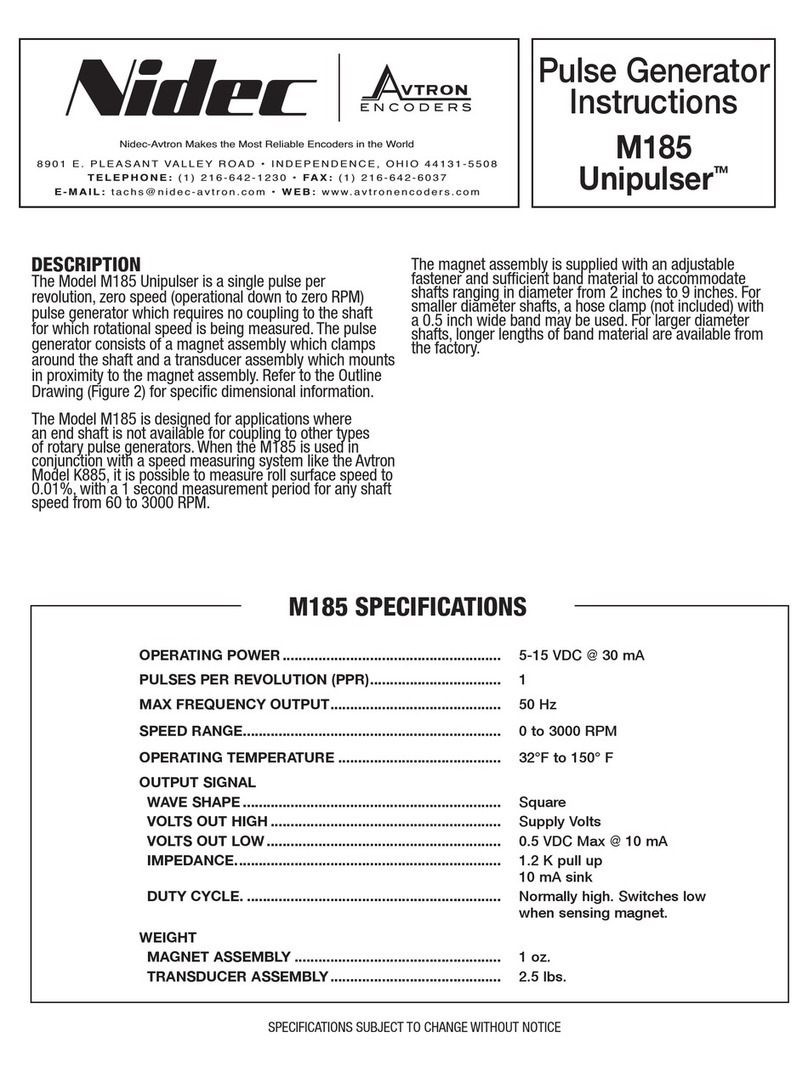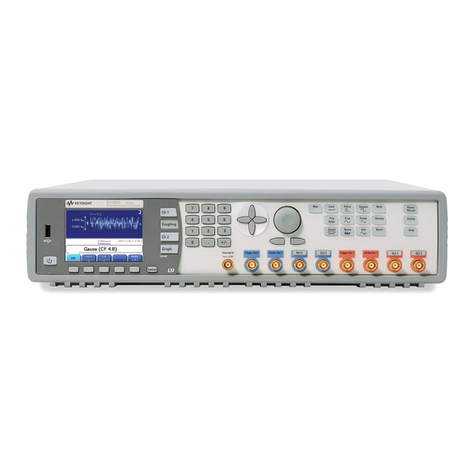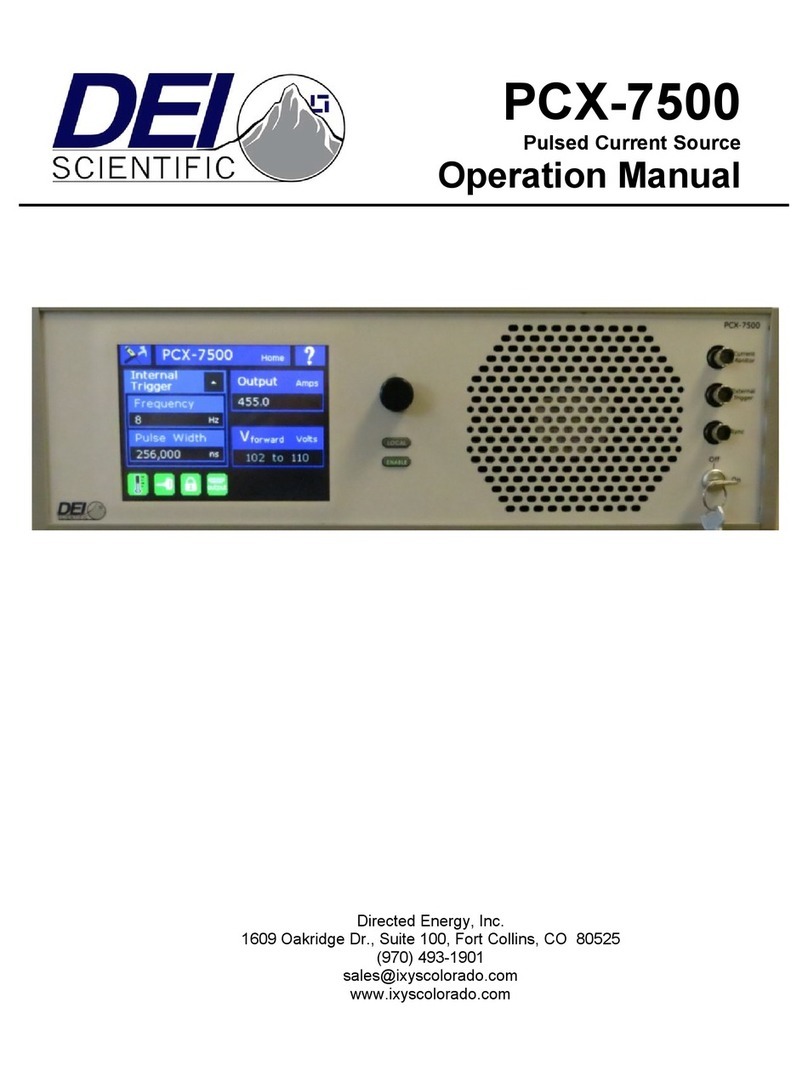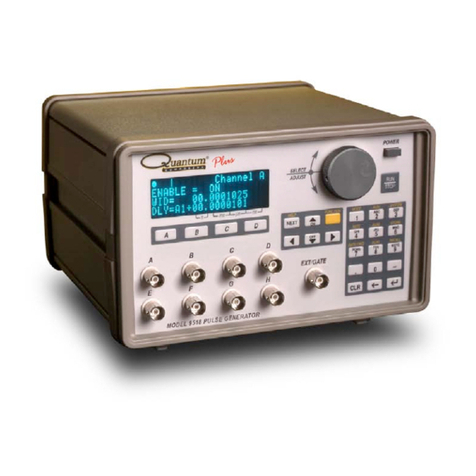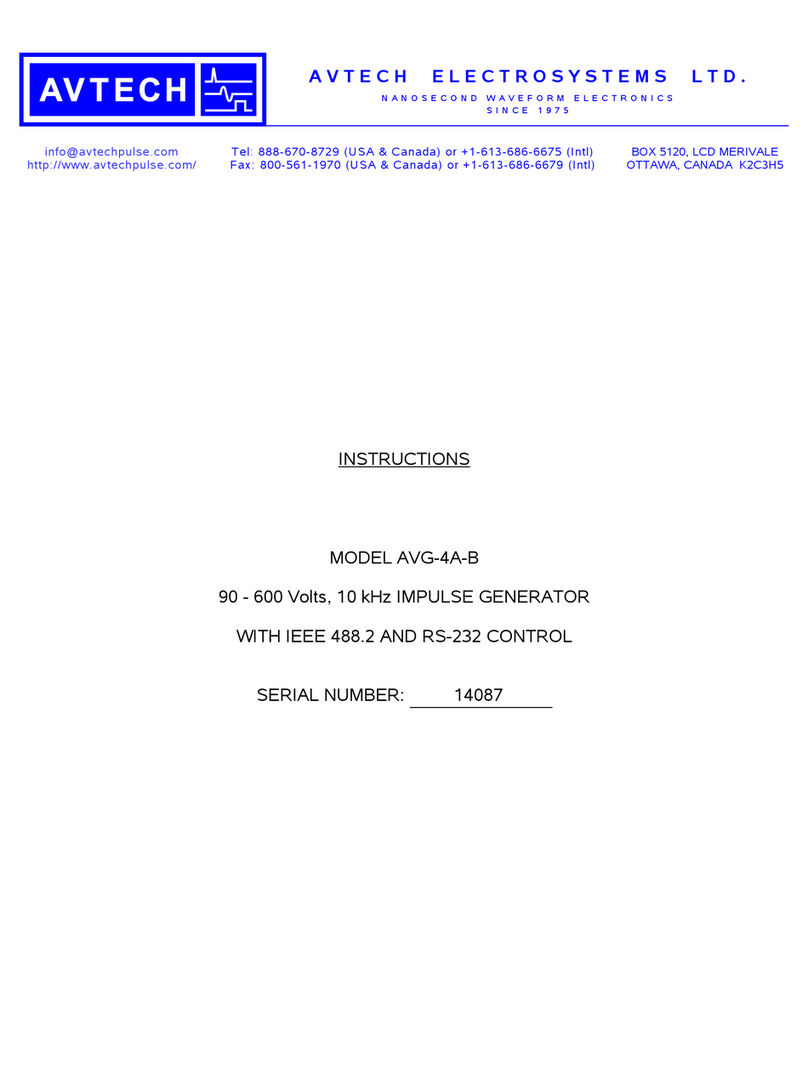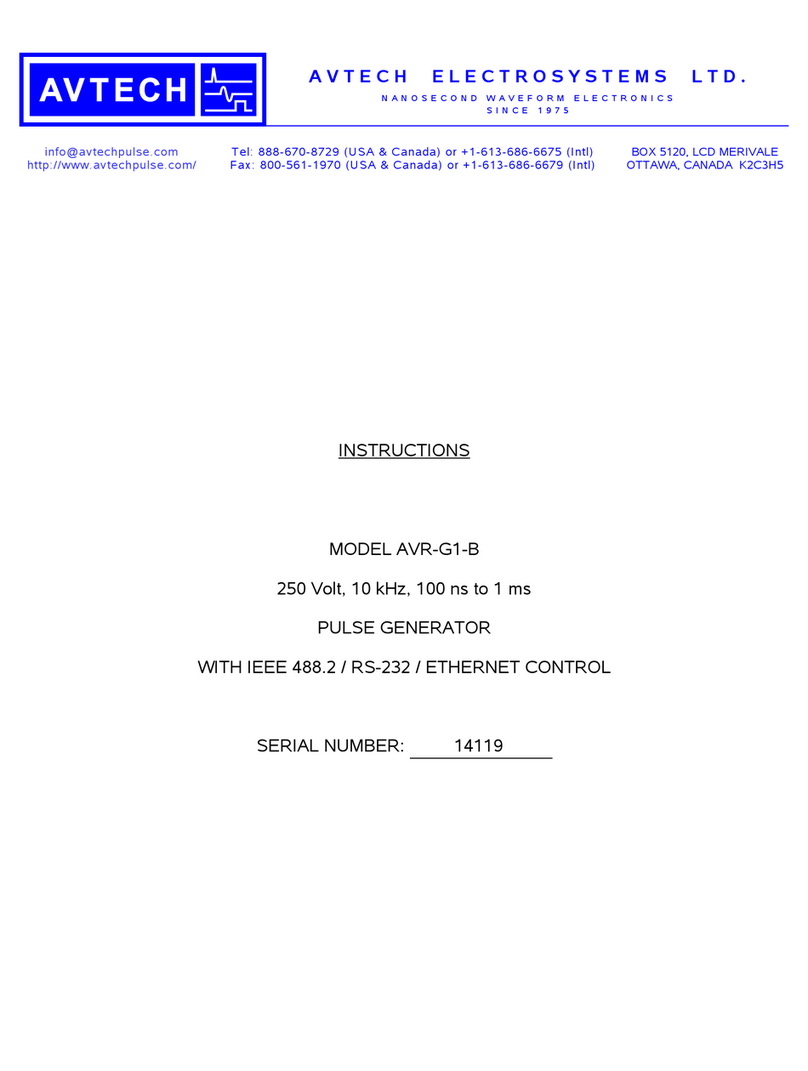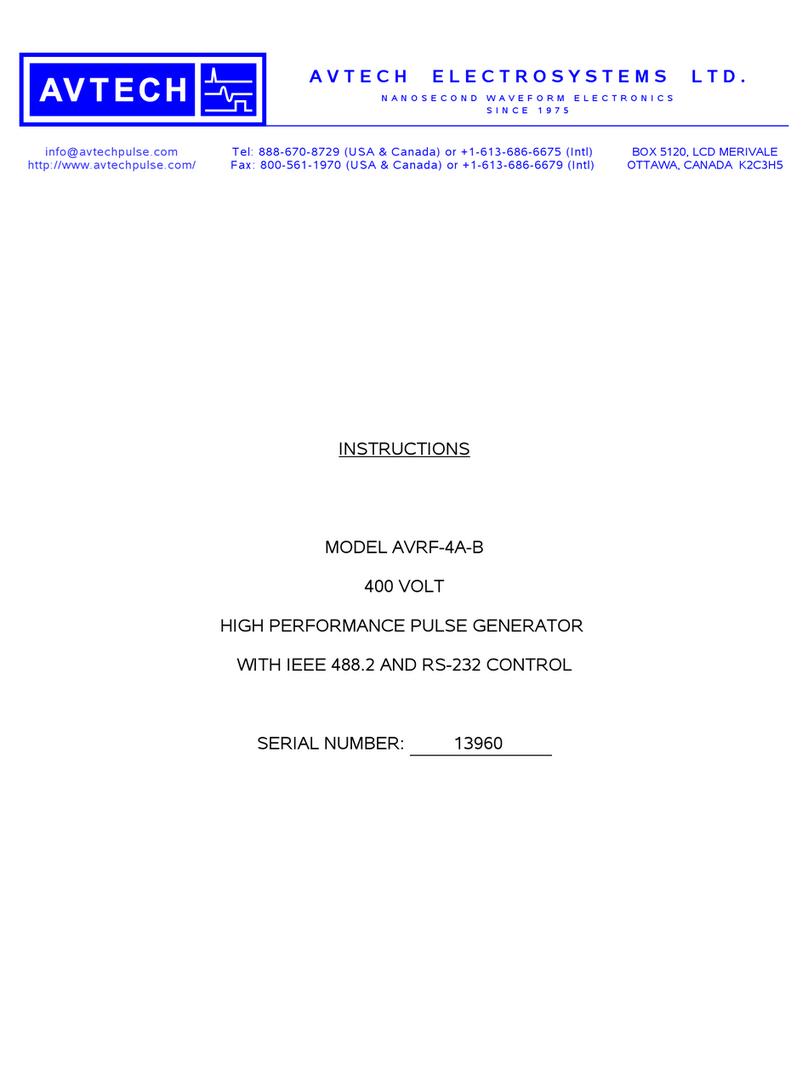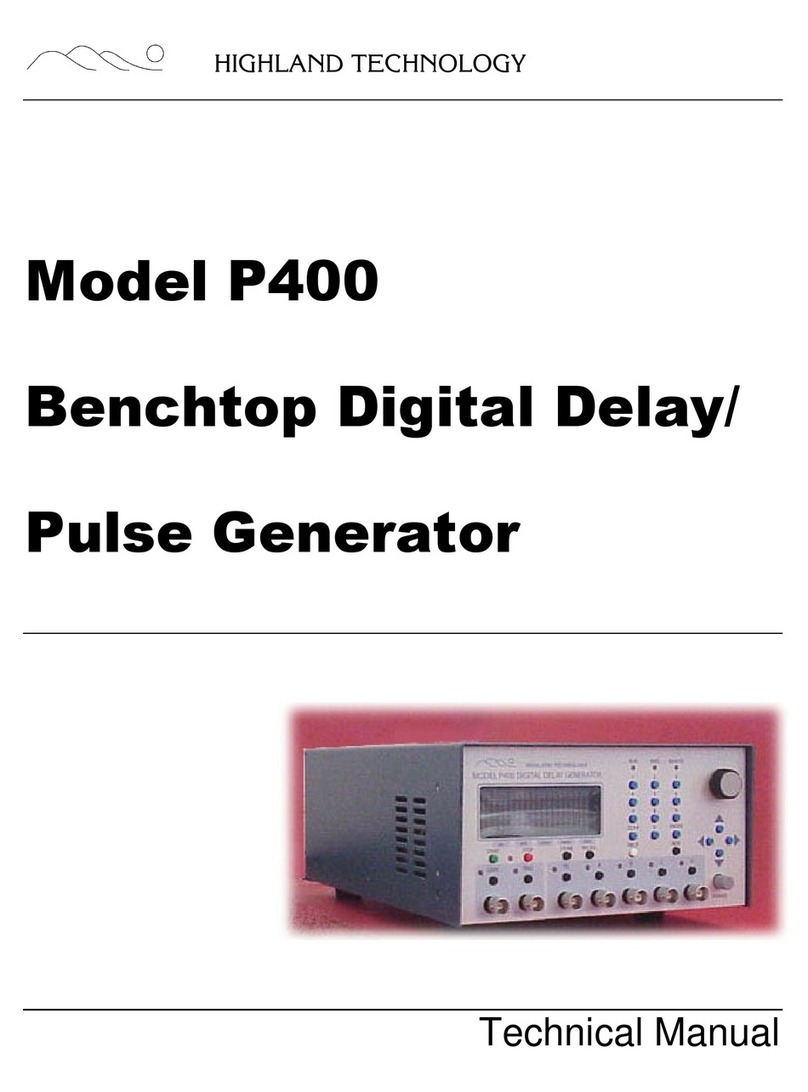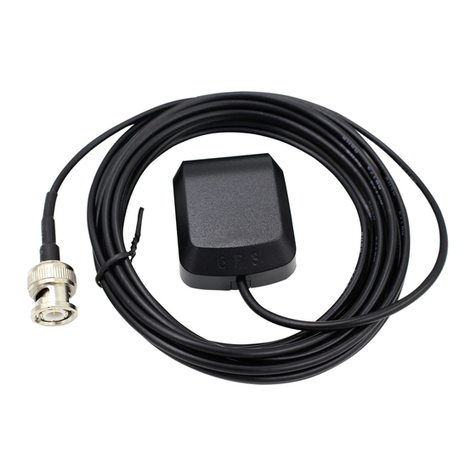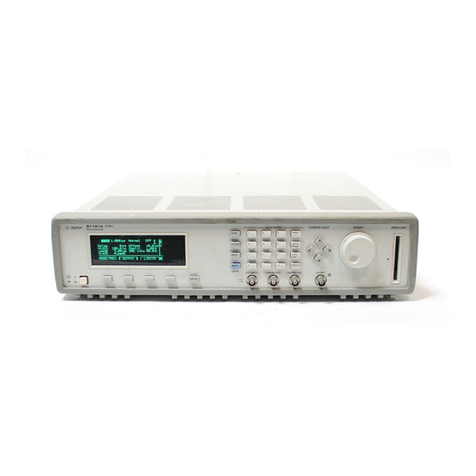
Operating Instructions— Type 109
Fig. 2 -2 . Po wer transfo rm e r connections for 1 1 7- an d 2 34 -v o lt o peratio n .
line voltages between 105 to 125 volts. If wired for 234
volts, the instrument will operate properly from 210 to 250
volts.
To change the power transformer connections for opera
tion on another line voltage, change the location of the
bare wire straps at the primary terminals. Fig. 2-2 shows the
wire-strap connections required for each nominal operating
voltage. When changing the location of the straps, it is
not necessary to move any of the plastic insulated wires.
After the transformer connections are changed, the voltage
indicated on the metal tag should be covered with another
tag which conforms to the new operating voltage.
Cooling
Before operating the Type 109, choose a location that
will not block the ventilating holes in the cabinet. Allow
at least two inches of clearance at the top and sides of the
instrument. With sufficient clearance, air can freely circulate
through the instrument and keep it cool.
If the temperature inside the instrument should become
excessively high, a thermal cutout in the instrument will
open, shutting off the power and the pilot light will go
out. When the interior temperature of the instrument drops
to normal, however, the cutout contacts will close and the
pilot light will light to indicate that power is restored.
Normal Operating Position
The upright position is the normal operating position
for the Type 109. If the instrument is placed on its side
or turned upside down, the mercury in the mercury switch
will flow to the contact end of the reed switch and short
the contacts. Such a short circuit does not harm the instru
ment, but it does prevent the Type 109 from generating any
output pulses.
Cabling Considerations
The Type 109 is designed for use with 50-ohm cables.
The charge lines must be 50-ohms for proper impedance
match. The output pulse must be applied through high-
quality 50-ohm cables or suitable impedance-matching
devices to keep losses down and maintain the waveform.
Use RG-8A/U for signal connections. If a signal delay cable
is needed, use the Type 113 Delay Cable. The only excep
tions are the cables used to supply external power to the
EXT. POWER OR MONITOR connectors to charge the lines.
The impedance of these cables is not critical, and virtually
any value can be used.
If proper signal cables are not used, reflections and atten
uations will occur which will produce undesirable side ef
fects. The GR 50-ohm cable connectors are used because
they easily connect together and they have reasonably
constant impedance.
Selecting the Pulse Duration
1. Using External Ch a rge Lines
Pulses from the Type 109 are generated by discharging
charged coaxial lines into a load through a solenoid-
operated mercury switch. The Type 109 uses two such
charged lines with the mercury switch discharging them
alternately. The charge lines must be connected externally
to the 50Q CHG. LINE 1 and 50Q CHG. LINE 2 connectors
on the front panel.
The physical length of the charge lines directly deter
mines the duration of the output pulses. The output pulse
duration is equal to twice the transit time of the charge
line used, plus a small built-in charge time due to the lead
length from the GR panel connectors to the mercury switch
contact point.
The transit time of the cable is defined as the time
required for a signal to pass from one end of the line to
the other. For a 10-nsec charge line then, the duration of
the output pulse would be 20 nanoseconds, plus about 0.5
nanosecond (minimum) due to the switch leads. Since two
charge lines are alternately discharged into the load, it is
possible to have alternate pulses with different time dura
tions by using charge lines of different lengths. Fig. 1-7 in
the Characteristics section demonstrates this feature.
It is also possible to have pulses of exactly the same
duration by using the same charge line. For this application,

